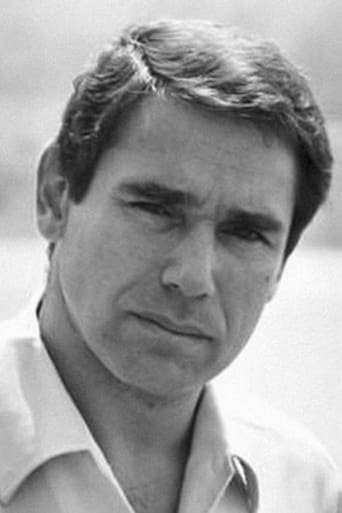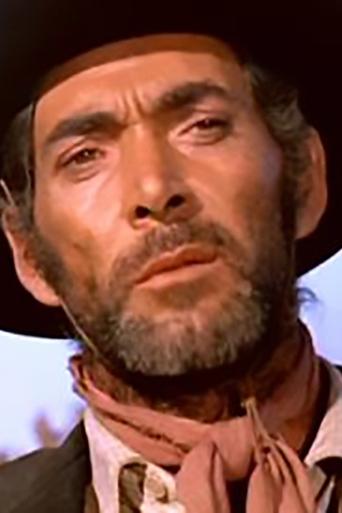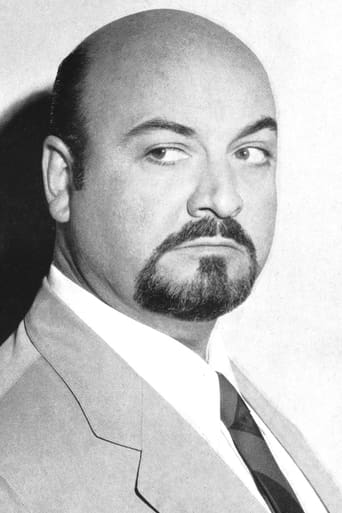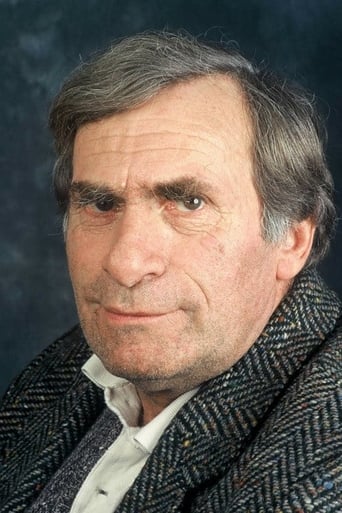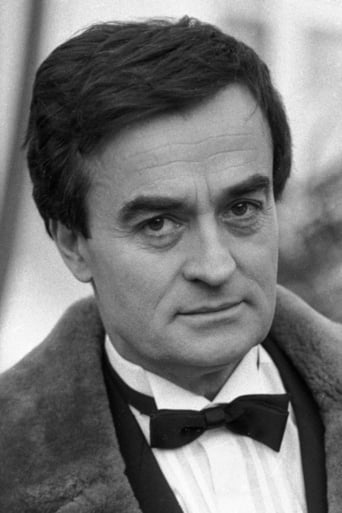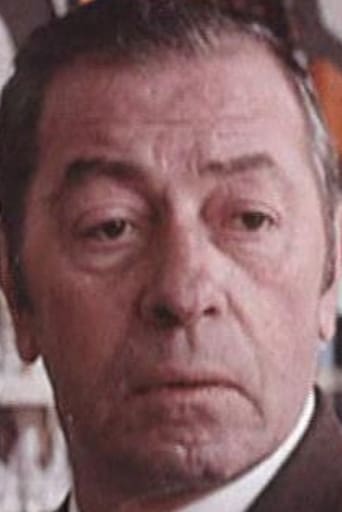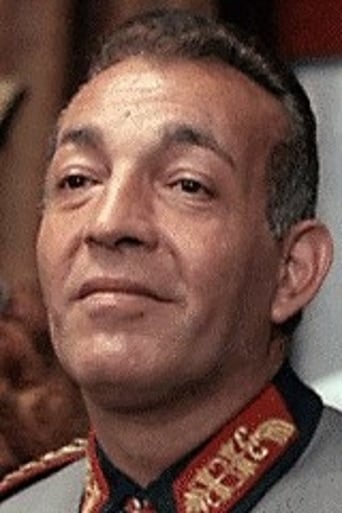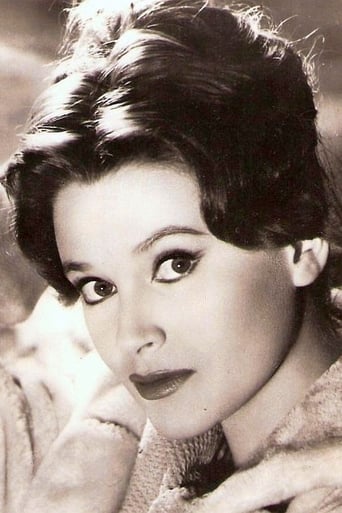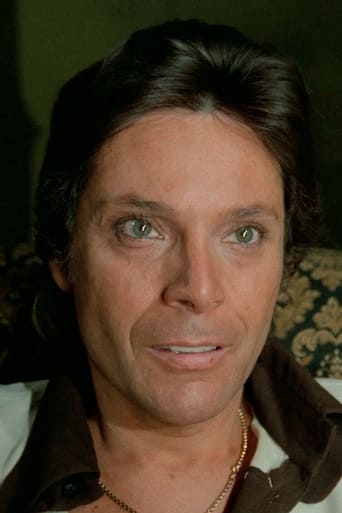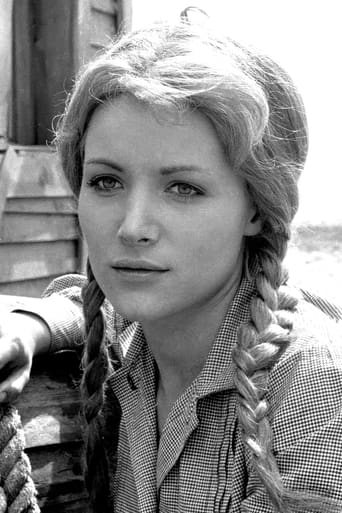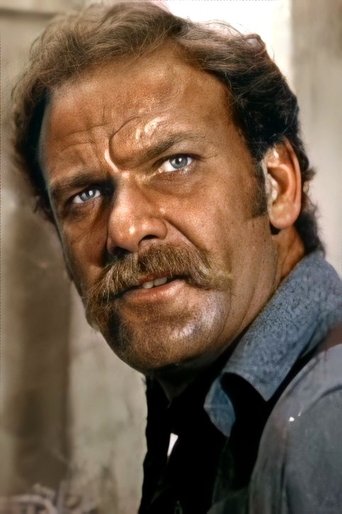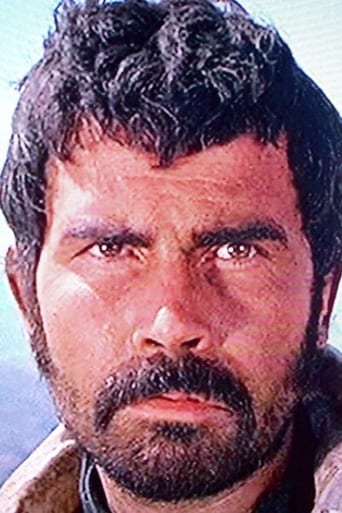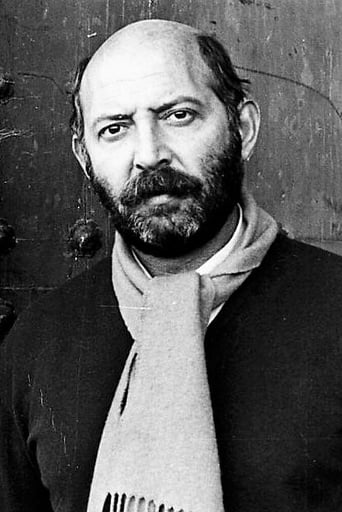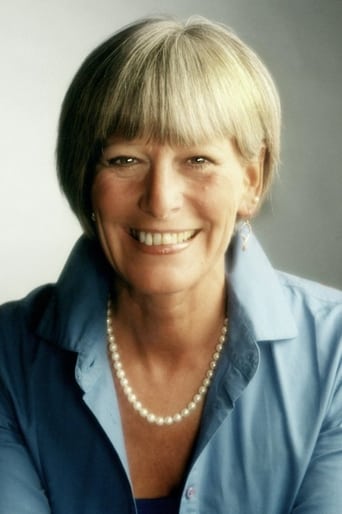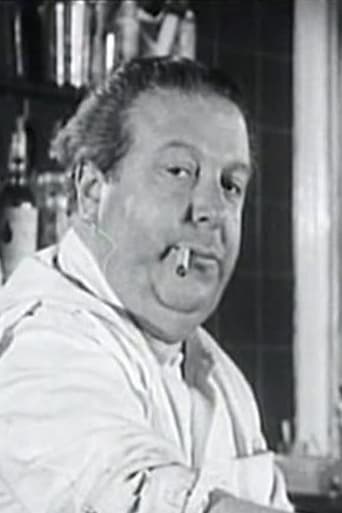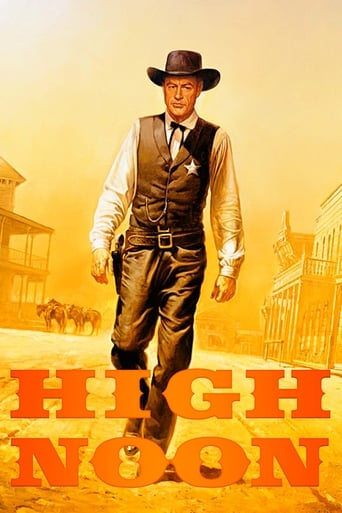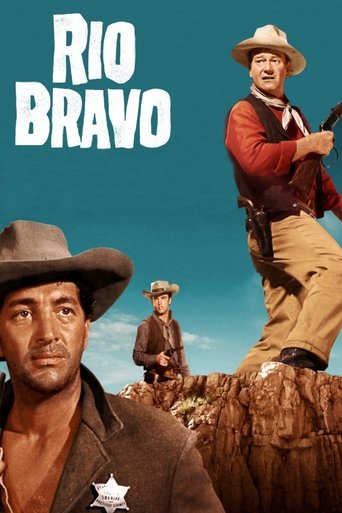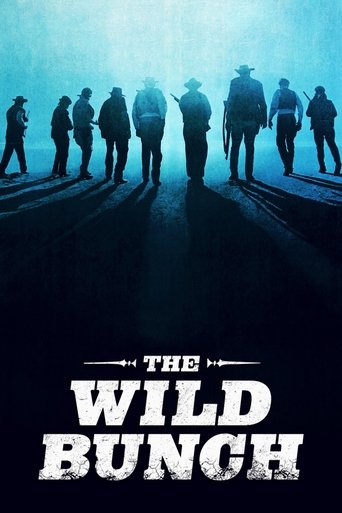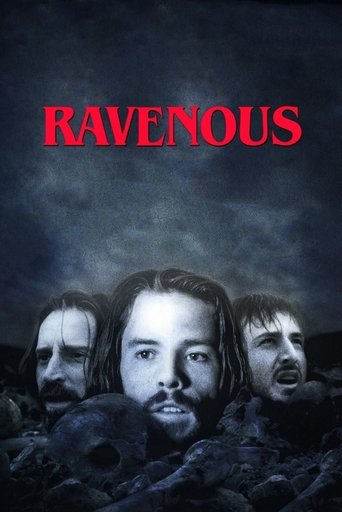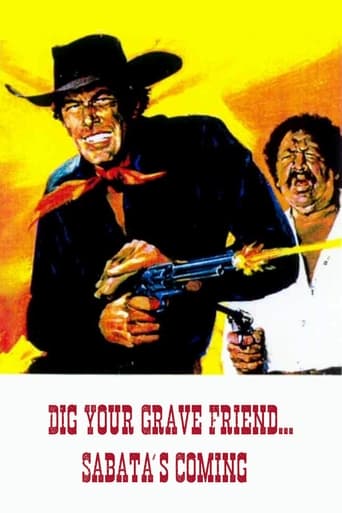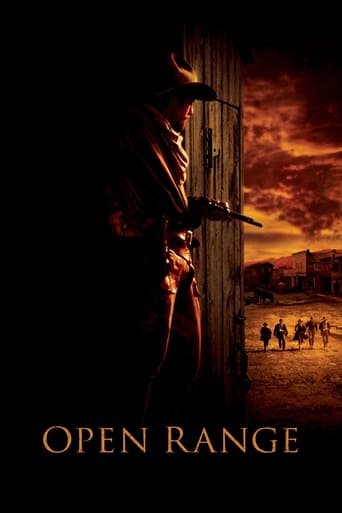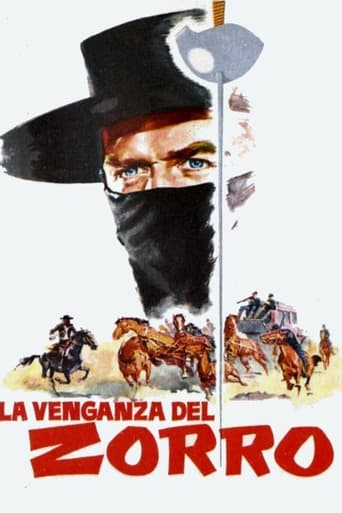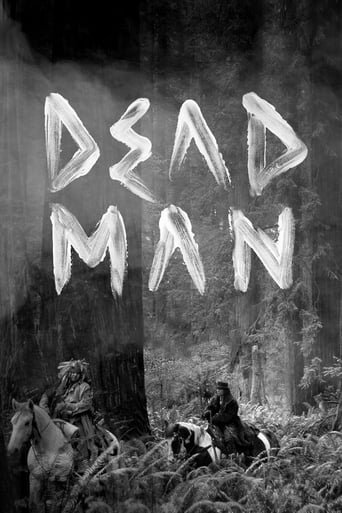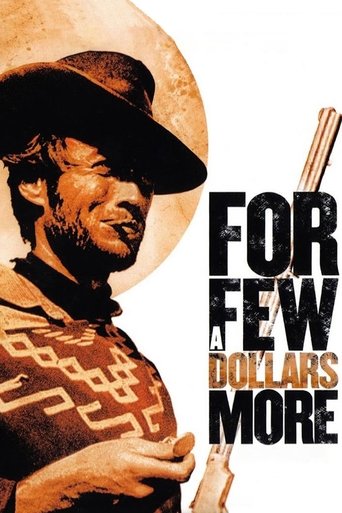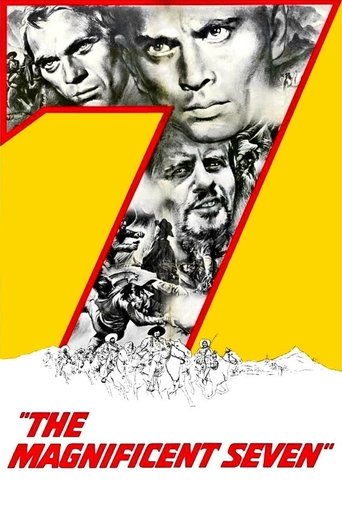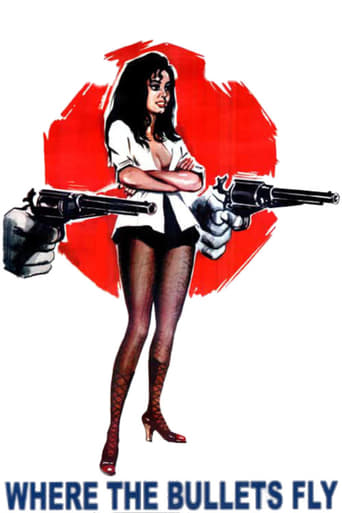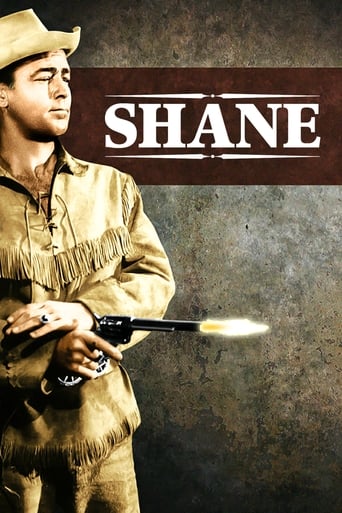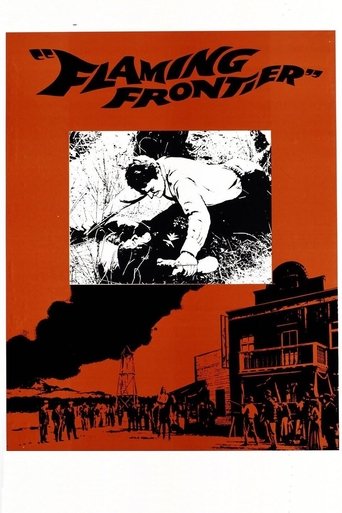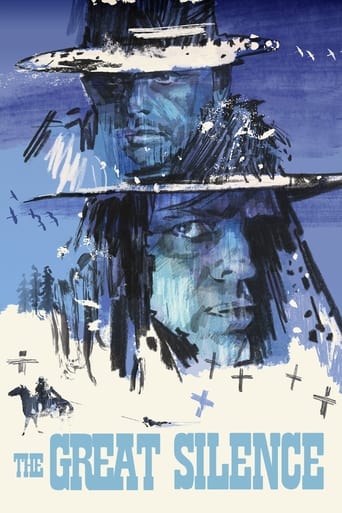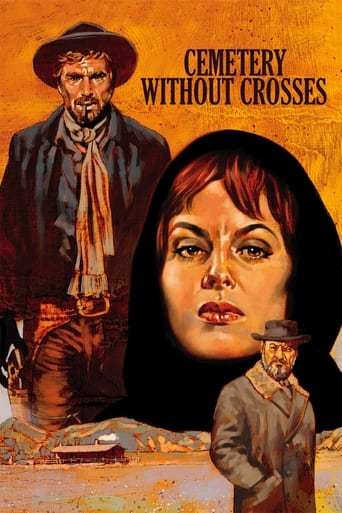
Cemetery Without Crosses (1969)
Ruthlessly pursued by the Rogers family following a dispute over cattle, Ben Caine (Benito Stefanelli) is chased back to the Caine Ranch. Despite his wife Maria's (Michèle Mercier) desperate pleading, the Rogers family hangs Ben Caine, forcing Maria to watch. Consumed with revenge but finding her two brothers-in-law reluctant to assist, Maria enlists the help of Manuel (Robert Hossein). Manual, presumably preoccupied with the past, wears a single black glove and lives alone in a ghost town. Manuel agrees to Maria's plan with reluctance, in part because of his deep feelings/attraction to her. Manuel finds employment as foreman at the Rogers' ranch and surreptitiously kidnaps Pa Rogers' (Daniele Vargas) only daughter Johanna (Anne-Marie Balin). With Johanna as the bait, Maria will be in the perfect position to exact her revenge on the Rogers but things don't turn out quite as planned.
- Robert Hossein
- Sergio Leone
- Claude Desailly
- Robert Hossein
- Dario Argento
Rating: 6.4/10 by 67 users
Alternative Title:
The Rope and the Colt - US
Cemetery Without Crosses - US
Una cuerda, un Colt - ES
Cimitero senza croci - IT
Cemitério sem cruzes - BR
Cementerio sin cruces - ES
Haudat vailla nimeä - FI
Country:
Spain
France
Italy
Language:
English
Français
Italiano
Deutsch
Español
Runtime: 01 hour 31 minutes
Budget: $0
Revenue: $0
Plot Keyword: kidnapping, horse, murder, shootout, gunfight, spaghetti western
The Black Glove Man. Une corde, un Colt (AKA: Cemetery Without Crosses) is directed by Robert Hossein, who also stars and co-writes the screenplay with Dario Argento and Claude Desailly. Starring alongside Hossein are Michèle Mercier, Anne-Marie Balin, Daniele Vargas, Guido Lollobrigida and Serge Marquand. Music is by Andre Hossein and cinematography by Henri Persin. After being forced to watch the lynching of her husband by the ruthless Rogers family, Maria Caine (Mercier) asks her inept brothers-in-law for help in retribution. Getting no joy from the pair, she seeks outside help in the form of fast gun Manuel (Hossein), a loner living in solitude out at a ghost town... It's dedicated to Sergio Leone, who directs one of the best scenes in the film, contains the Argento factor, so it's not really a shock to proclaim that Leone's influence is all over Hossein's movie. It's a Pasta Western that operates in the void between the real and the spirit world, deliberately ethereal in tone, even sprinkling dashes of the surreal onto the hearty portion. Dialogue is used sparingly, but not to the detriment of films quality, and Hossein the director dallies in black and white staging, slow zooms and excellent usage of sound effects. Much like the dialogue, the violence is pared down, there's no Blunderbuss infused blood laden approach to the evil that men do here, it's all very controlled and in keeping with the tonal flows that Hossein favours. The cliché's of the sub-genre are adhered to throughout, thankfully so, while the finale is suitably melancholic. Thoughtful, sombre and ripe with blurry ambiguity, Cemetery Without Crosses is comfortably recommended to the Euro Western fan. 8/10
***Moody, serious, proficient but flat Spaghetti Western by Robert Hossein*** An ex-gunfighter living in a ghost town in the Southwest (Robert Hossein) decides to assist the wife (Michèle Mercier) of a friend that was unjustly lynched by the rough ruling family of the area, the Rogers. “Cemetery without Crosses” (1969) is a Euro Western (French / Italian / Spanish) originally titled “A Rope… a Colt…” (translated). Director/writer/star Robert Hossein was admittedly inspired by Sergio Leone and you can see the influence of “For a Few Dollars More” (1965). Speaking of which, one of the best scenes in the movie, the amusing dinner sequence at the Rogers’ ranch, was guest-directed by Sergio Leone. This is a competent Spaghetti Western with a quality score, the usual Spanish locations and a good cast with three beautiful women (Mercier, Anne-Marie Balin & Béatrice Altariba). I like the serious tone, the ambiance and attractive cinematography, but it’s too flat of an experience, disregarding the dinner scene. Simply put, it becomes one-dimensional and tedious as it moves along. “The Hellbenders,” aka “The Cruel Ones” (1967), was less proficient, but at least it entertained. “Doc” (1971) is a good comparison, but it had a superior cast and way more perks. Even “Navajo Joe” (1966) is more memorable IMHO. But if you like Euro Westerns give it a try. Some cinephiles rave about it. The film runs 1 hour, 30 minutes, and was shot in Almería, Andalucía, Spain. GRADE: C+/B-

